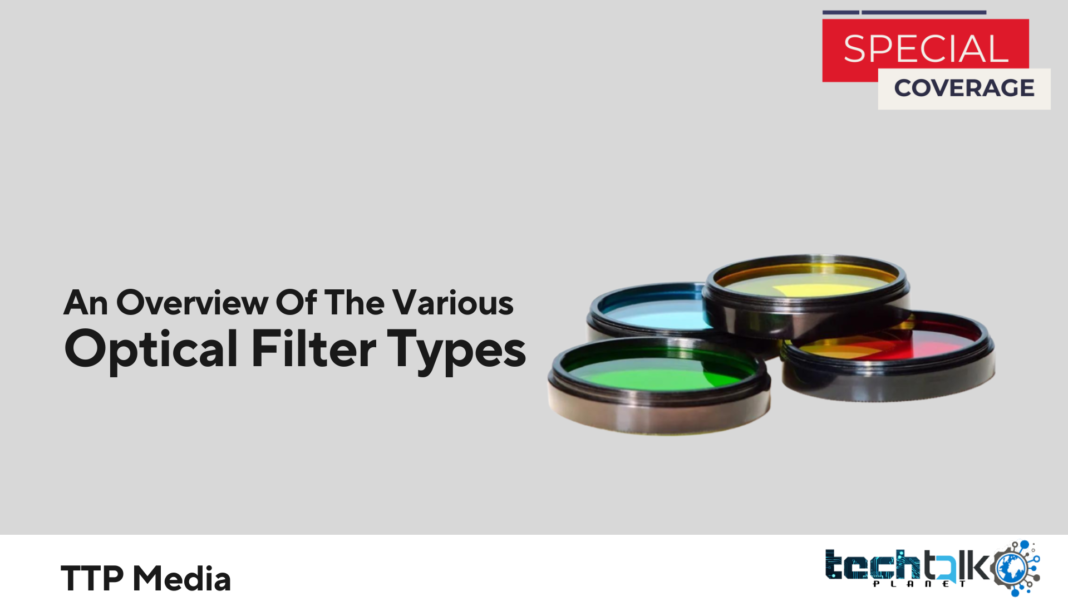Optical filters are passive optical components made up of substrates with specific optical coatings. Depending on the wavelength of the incoming light, the coatings enable the substrate to reflect, transmit, or absorb it. This is done by altering the refractive index of the substrate. This characteristic is advantageous for many optical devices and systems, including microscopes and chemical analysis devices.
Optical filters come in a wide range of varieties, each of which has unique qualities that make it appropriate for certain applications. An overview of a few of the possible kinds is provided below.
Absorptive Filters
Coatings on absorbent filters are created from both organic and inorganic substances. These components allow the filter to transmit the desired wavelengths while absorbing the unwanted wavelengths. No energy is reflected back toward the light source thanks to its construction.
Dichroic Filters
Dichroic filters, also known as interference or thin-film filters, feature coatings that allow them to reflect unwanted wavelengths while transmitting desired wavelengths, in contrast to absorptive filters. Which wavelengths are reflected and which wavelengths are sent depends on the coating’s thickness and other characteristics. These specific optical filters allow users to focus on a narrow range of wavelengths and are pretty precise.
Notch Filters
Band-stop filters, also known as band-reject filters, and notch filters are intended to block a certain frequency band (i.e., the stopband frequency range). Any wavelengths that fall inside or outside of this range are free to pass. Since they may assist in isolating interference, these kinds of optical filters are perfect for applications requiring the combining of two or more signals.
Bandpass Filters
Bandpass filters are intended to block all frequencies except for a narrow range, in contrast to notch filters. Combining short-pass and long-pass filters, they exclude any wavelengths that are either too short or too long. By altering the filter’s layer count, this cutoff range may be made wider or narrower.
Shortpass Filters
Short-pass filters are made to pass through wavelengths that fall below a certain threshold specified by the optical coating and substrate. Beyond that wavelength, all further wavelengths are blocked. These optical filters are frequently used in conjunction with long-pass filters for bandpass filtration applications and to isolate particular upper portions of a large spectrum. Chemical analysis systems are some examples of typical uses.
Longpass Filters
In order to transmit wavelengths over a predetermined length established by the optical coating and substrate, long-pass filters are used. Shorter wavelengths are restricted at that location. Systems for fluorescence spectroscopy are typical applications. Bandpass filtering applications are frequently employed in combination with short-pass filters.
Alluxa is an ISO 9001:2015 certified, ITAR registered manufacturer of high-performance optical filters and thin-film coatings. Since 2007, Alluxa has rapidly grown from a small startup to a world leader in precision thin films.
























































